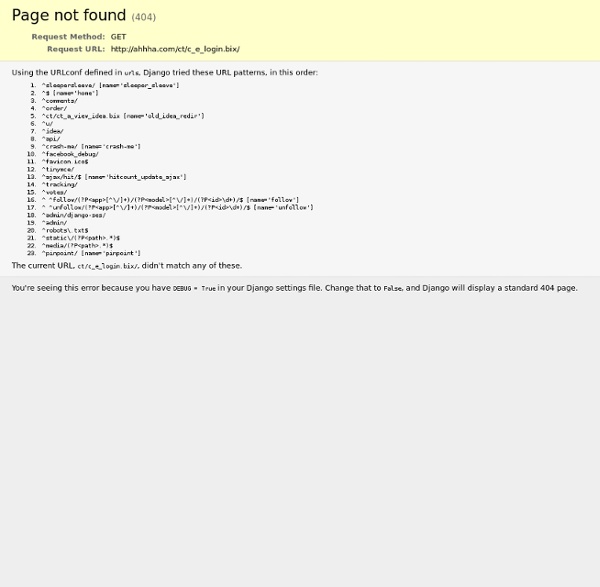



http://ahhha.com/ct/c_e_login.bix?a=OD2356
Browse Publications New technology in information and communications has changed the character of the digital divide—and the meaning of digital equity in this deeply connected age. Today home Internet access is common, but low-income households, older Americans and people who have high school degrees or less lag behind other demographic groups. The widespread use of smartphones is narrowing the gap for some of these groups, but that alone is not a solution for overcoming the digital divide. These factors, along with the growing importance of the Internet to the economy and society at large, are shifting discourse on digital equity. Since 2009, the Federal Communications Commission has focused the debate around broadband access, which it characterized as a “foundation for a better life” in developing a National Broadband Plan to connect more households by 2020. At Knight Foundation, we strive to support informed and engaged communities.
Best of Breed Idea Management Software has 10 Key Elements: A Check List For Your Demonstrations. Thinking about getting an idea management system? Here’s your feature/function check list. Of course you should still poll your user community and get their feedback to see what they need. But after you’re done, I bet you a nickel you’ll end up with a list like this one.
CrowdConvention 2011 The first European crowdsourcing conference brought together experts and businesses to discuss the potential for crowdsourced projects as well as the implications for the organization of work. Just nine months after the first crowd convention in San Francisco, a second event took place June 15 for the first time on European soil. Organized by Clickworker, 150 guests gathered for a day to hear 24 speakers and to discuss the market opportunities for crowdsourcing projects in Germany. It all started with industry guru and crowdsourcing expert Jeff Howe. ideas Quirky focuses on physical consumer products, so no business ideas, food, or standalone software please. Before you start, you can learn more about why Quirky passes on an idea. Always be sure to ask yourself: will my product make people's lives better, how will it work, will it stand the test of time, and will people buy it? These are some of the questions we'll be asking. It's not necessary, but it certainly helps.
Tools&Methods « Visualizing the Invisible Using Large Screens for Brainstoming Posted by Michael Koch in Academic, Tools&Methods on September 21, 2010 Lets start with an interesting project in the ModLab at University Bochum. As stated in the earlier post, the researchers in Bochum are working on using large interactive screens in modeling workshops. Crowd-source your night out in the city with the AreaNow iPhone app (TCTV) The rise of location-based apps has been so rapid that there are a slew of products coming onto the app stores most of the time. But few have gone to the trouble of realising that by targeting a passionate user base in one area they may get some head-room over the competition. Hey, it works in the Valley, why not elsewhere? That’s the been strategy of young London-based startup Area Now, which bills itself as a ‘short-notice event recommendation service’ for nearby events. Their iPhone app now in Beta (combined with the site), effectively crowd-sources events from people nearby who want to find out where the latest happening club or event is.
List of Open Innovation & Crowdsourcing Examples - Best practices Intermediary Platforms Research & Development platforms Innocentive – open innovation problem solvingIdeaConnection – idea marketplace and problem solvingYet2.com – IP market placePRESANS (beta) – connect and solve R&D problemsHypios – online problem solvingInnoget – research intermediary platformOne Billion Minds – online (social) challengesNineSigma – technology problem solvingIdeaken – collaborative crowdsourcingInnovation-community.de – Community of innovators & creators. Marketing, Design & Idea platforms Collective Intelligence & Prediction platforms Lumenogic – collective intelligence marketsUshahidi – crowdsourcing crisis informationKaggle – data mining and forecastingWe Are Hunted – the online music chartGoogle Image Labeler – crowdsourced image labeling
Learn How to Think Different(ly) - Jeff Dyer and Hal Gregersen by Jeff Dyer and Hal Gregersen | 10:24 AM September 27, 2011 In the Economist review of our book, The Innovator’s DNA, the reviewer wondered whether genius-level innovators such as Marc Benioff, Jeff Bezos, and Steve Jobs challenge the idea that working adults can really learn how to think differently and become innovators. We don’t think so. Remember, it was Steve Jobs who jump-started the now-famous “Think Different” advertising campaign as a way to inspire consumers and recharge Apple’s innovation efforts. It worked. Reflecting back on the campaign, Jobs said “The whole purpose of the ‘Think Different’ campaign was that people had forgotten what Apple stood for, including the employees.”
Iceland Pursues a User-Generated Constitution In 2009, Iceland passed a privacy and free speech law to make itself into a haven for new media. Since then it has seen the eruptions of the Eyjafjallajökull and Grímsvötn volcanoes and one of the worst banking meltdowns of all time. But despite the dark times, Iceland has not lost its faith in the power of the social web. The country is now crowdsourcing the writing of its new constitution. From the Althing to the Latest Thing